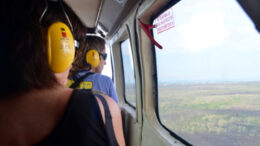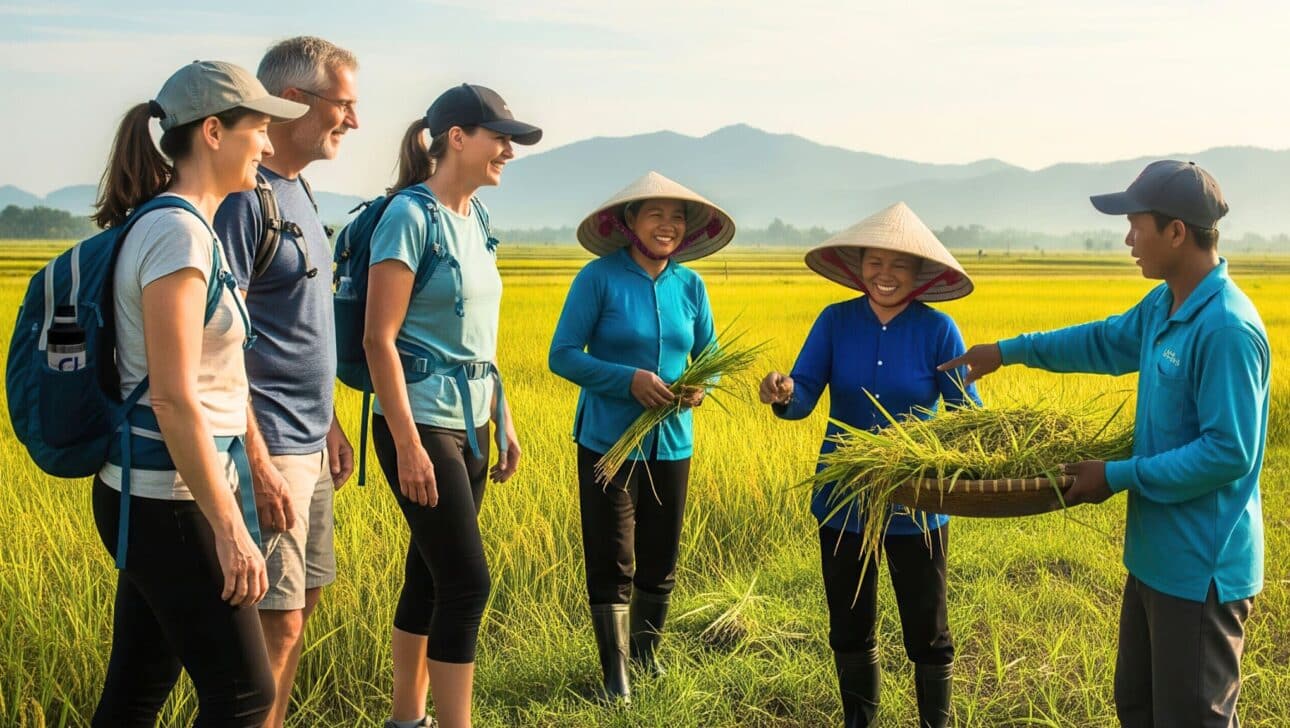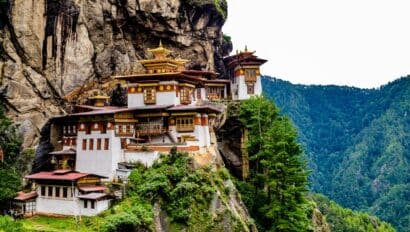We were chatting recently with a friend in the Basque Country. She shared a proverb in her native tongue—a language so old no one knows its origins. “The world gets smaller every time someone stops using a language,” she told us. That conversation stayed with us.
Around the world, languages—thousands of them—are at risk of disappearing. When they go, entire ways of seeing the world go with them. UNESCO calls this a global emergency, and we couldn’t agree more. These ancient rhythms of speech, song, and storytelling are treasures. Without them, a place loses some of its soul. Languages are the soul of culture—living vessels of tradition, history, and identity. Yet today, a dizzying number of them stand on a precipice of extinction. Of the roughly 7,000 languages spoken worldwide, at least 40% are endangered, and, on average, another disappears every two weeks—along with generations of knowledge, artistry, and community. For Classic Journeys travelers driven by a spirit of discovery and connection, this urgent global challenge is not just a statistic but a call to action.
Why Languages Are Disappearing
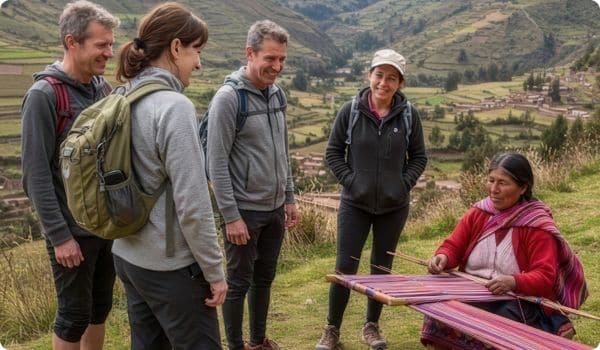
Language loss is an accelerating reality. Globalization, economic migration, and the increasing dominance of national and global languages all contribute to shrinking speaker populations of indigenous, minority, and rural languages. In cities, children are exposed to global communication and may not learn the mother tongue spoken by previous generations. When the last fluent speaker dies, a language can vanish—even before its unique grammar and legacy are thoroughly recorded. This is not an abstract crisis. Each language carries an irreplaceable world view and stores centuries of wisdom. Medical knowledge, environmental understanding, spiritual traditions, and familial stories are lost with each final silence.
Regenerative Travel: Tourists as Stewards, Not Spectators
UNESCO leads international efforts to catalogue, preserve, and revitalize endangered languages. Its World Atlas of Languages tracks the status of thousands of at-risk languages, categorizing their endangerment levels and advocating for urgent action. And the travel industry’s response is shifting with a powerful new paradigm: regenerative travel. Where sustainable tourism seeks to minimize damage, regenerative travel seeks to actively renew and enrich destinations, cultures, and communities. This philosophy is especially critical for language preservation, since linguistic diversity thrives only where communities and visitors cherish and support it. Destinations practicing regenerative tourism often see greater pride in cultural traditions, increased intergenerational transmission of heritage, and renewed economic opportunities for artisans and storytellers working in their mother tongue.
How does regenerative travel work for languages?
- Travelers are encouraged to engage with local people on their own terms, giving agency and pride to speakers of minority languages.
- Travel experiences include language immersion, story-sharing, and participation in cultural events that reinforce the daily use of the community’s language.
- By supporting local businesses, guides, and artists, regenerative travel values—and economically sustains—the language in day-to-day life.
- It challenges “cultural commodification,” where traditions are performed for passive consumption, and instead creates spaces for genuine exchange and learning.
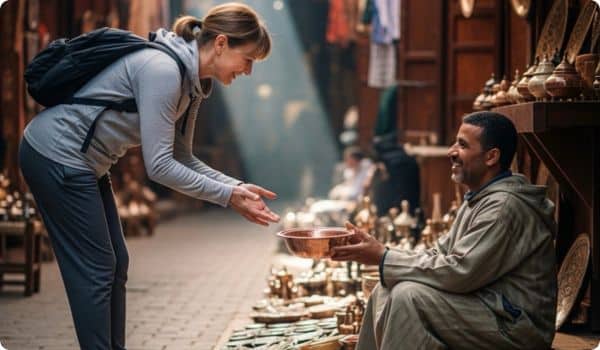
Classic Journeys: Walking the Walk for Language Preservation
Classic Journeys’ model of cultural walking tours is more than sightseeing—it is regenerative travel in action. Every itinerary is thoughtfully crafted to bring travelers into close, meaningful contact with local communities, living traditions, and the hidden stories of each region.
Immersive Cultural Encounters
Walking—not driving—keeps guests on the ground, moving slowly and intentionally through landscapes where minority languages are still spoken. In small villages, markets, and artisan workshops, a simple greeting or exchange in the local language is an act of recognition and respect. Guides with deep local knowledge introduce travelers to residents who may speak regional dialects or indigenous languages, allowing for authentic interaction rather than scripted performances.
Support for Local Economies
Classic Journeys prioritizes locally owned hotels, restaurants, guides, and artisans—often in rural areas where endangered languages are still used in daily life. By directing tourism dollars to these businesses, guests vote with their wallets for cultural and linguistic diversity.
Storytelling and Intergenerational Exchange
On village trails and around family tables, Classic Journeys travelers are encouraged to hear—and retell—stories, histories, and myths in the languages spoken by elders. This active participation helps reinforce the transmission of language from one generation to the next.
Advocacy and Education
Classic Journeys also partners with local experts, educators, and cultural organizations to offer insights into the challenges facing endangered languages. When a traveler learns to say Egun on (good morning in Basque), Salam aleikum (peace be upon you in Moroccan Arabic), or Kia ora (greetings in Māori in New Zealand), it is more than a pleasantry—it’s a commitment to cultural preservation. Classic Journeys’ guests, by walking, listening, and participating, help keep endangered languages lived and loved, not just documented and remembered.
Responsible Group Size
Intentionally small group sizes allow for meaningful conversations and respectful engagement—giving visitors and hosts time to interact, listen, and learn. On our tours, we typically have 6-10 guests and never more than 18 so local voices can be centered, rather than drowned out by crowd noise.

Language loss is not inevitable. Through UNESCO’s advocacy, community revitalization, and responsible travelers putting their values into action, the balance can shift. Every Classic Journeys walking tour is a chance to support—not just observe—living linguistic heritage.
Regenerative travel reimagines the relationship between visitor and host: leaving destinations not just preserved, but thriving. Every footstep on a Classic Journeys walking tour, every exchanged greeting and shared story, is a small but meaningful investment in the future of the world’s languages—a promise that our shared cultural riches will remain vibrant for generations to come.

